The Fresh Pear Market is characterized by a dynamic competitive landscape, driven by increasing consumer demand for fresh produce and a growing emphasis on health and wellness. Key players such as Del Monte Foods (US), Dole Food Company (US), and Stemilt Growers (US) are strategically positioned to leverage these trends. Del Monte Foods (US) focuses on innovation in product offerings, particularly in organic and sustainably sourced pears, while Dole Food Company (US) emphasizes regional expansion and partnerships to enhance its distribution network. Stemilt Growers (US) is known for its commitment to quality and sustainability, which resonates well with environmentally conscious consumers. Collectively, these strategies contribute to a competitive environment that is increasingly focused on quality, sustainability, and consumer engagement.
In terms of business tactics, companies are localizing manufacturing and optimizing supply chains to enhance efficiency and reduce costs. The Fresh Pear Market appears moderately fragmented, with several key players holding significant market shares while also allowing for smaller, niche producers to thrive. This structure enables a diverse range of offerings, catering to varying consumer preferences and price points, thereby intensifying competition among established and emerging brands.
In August 2025, Dole Food Company (US) announced a strategic partnership with a leading technology firm to enhance its supply chain transparency through blockchain technology. This initiative is poised to improve traceability and consumer trust, as it allows customers to track the journey of their pears from farm to table. Such a move not only aligns with growing consumer demand for transparency but also positions Dole as a leader in adopting innovative solutions within the fresh produce sector.
In September 2025, Stemilt Growers (US) launched a new marketing campaign aimed at promoting its organic pear varieties, highlighting their health benefits and sustainable farming practices. This campaign is significant as it reflects a broader trend towards health-oriented marketing strategies, appealing to a demographic increasingly concerned with nutrition and environmental impact. By focusing on organic offerings, Stemilt is likely to capture a larger share of the health-conscious consumer segment, thereby enhancing its competitive edge.
In July 2025, Del Monte Foods (US) expanded its product line to include ready-to-eat pear snacks, targeting the growing demand for convenient and healthy snack options. This strategic move is indicative of a shift in consumer behavior towards on-the-go products, suggesting that Del Monte is keenly aware of evolving market dynamics. By diversifying its product offerings, the company not only meets consumer needs but also strengthens its market position against competitors.
As of October 2025, the Fresh Pear Market is witnessing trends such as digitalization, sustainability, and the integration of artificial intelligence in supply chain management. Strategic alliances among key players are increasingly shaping the competitive landscape, fostering innovation and collaboration. Looking ahead, it is likely that competitive differentiation will evolve from traditional price-based strategies to a focus on innovation, technology adoption, and supply chain reliability. This shift underscores the importance of adapting to consumer preferences and market demands in a rapidly changing environment.


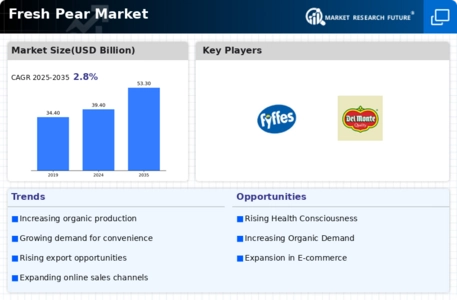
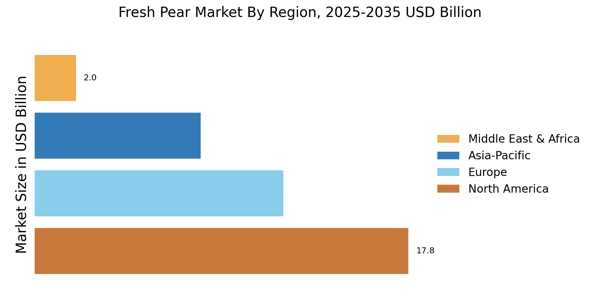
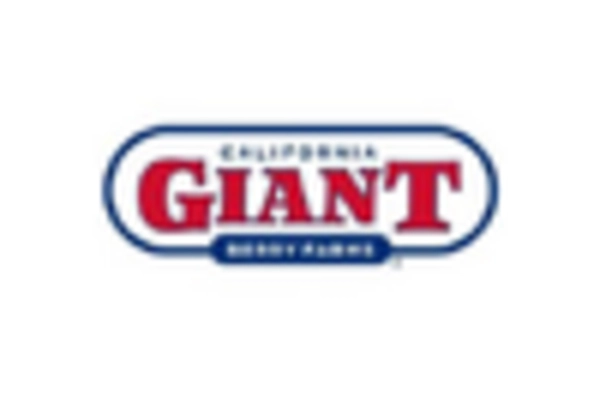
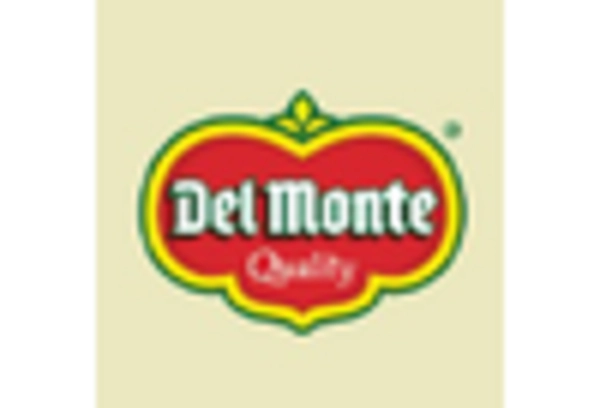
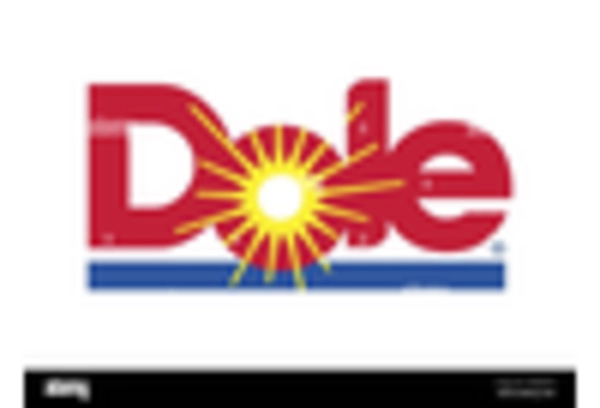
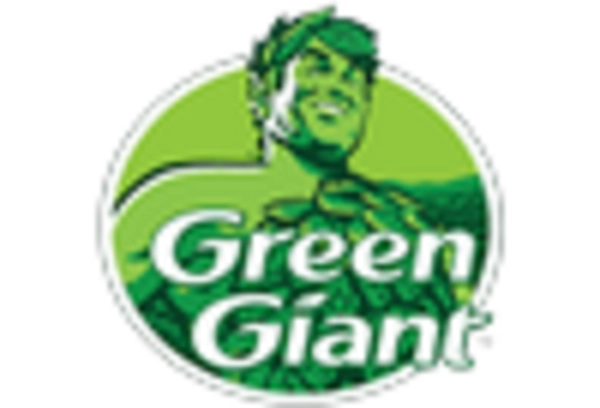
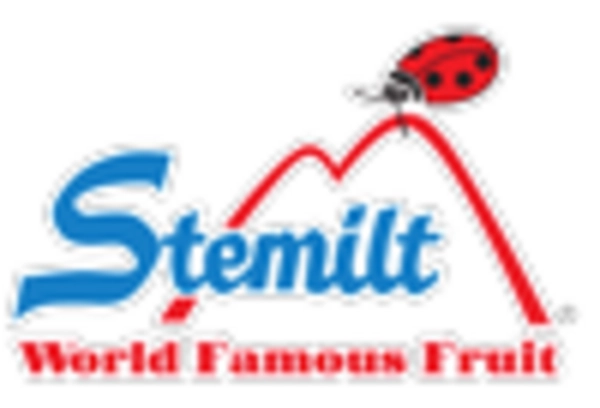
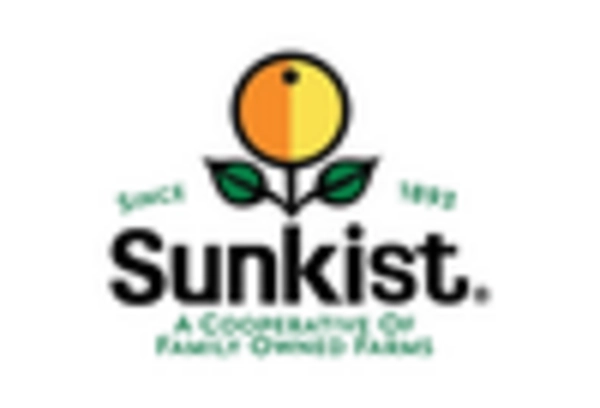








Leave a Comment